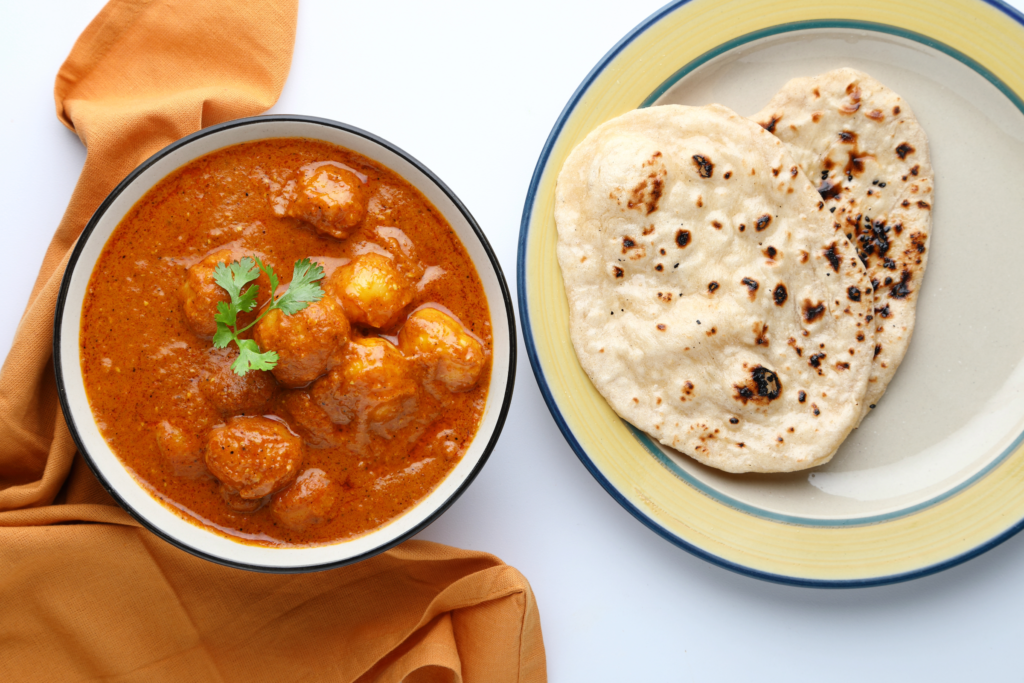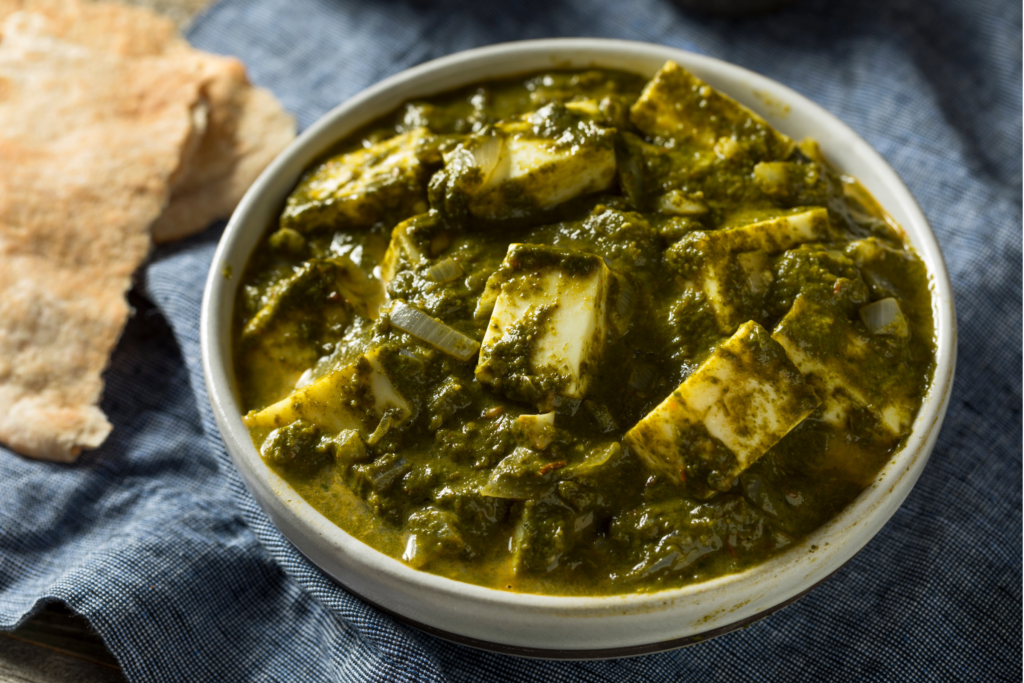Get ready to celebrate the vibrant flavors of nature with a delightful Garden Salad. This refreshing classic is a harmonious blend of crisp greens, colorful vegetables, and zesty dressings, making it a feast for the eyes and a burst of freshness on your plate. In this user-friendly guide, we’ll unveil the art of crafting the perfect Garden Salad right in your kitchen. From the rainbow of ingredients to the balance of flavors and textures, we’ll show you how to create this beloved salad that’s not just a side dish but a celebration of freshness and health.
Why Garden Salad?
Before we dive into the ingredients and techniques that make Garden Salad extraordinary, let’s take a moment to appreciate why this salad is a cherished part of the culinary world. Garden Salad is the embodiment of health and wellness. It’s a joyful medley of vegetables and greens that invigorate the senses and nourish the body.
What sets Garden Salad apart is its versatility. It can be a refreshing appetizer, a light lunch, or a side dish that complements various main courses. Whether enjoyed as a standalone dish or topped with grilled chicken or shrimp, Garden Salad offers a nutritious and satisfying dining experience.
What Sets Our Recipe Apart?
You might wonder, “Why make Garden Salad at home when you can buy pre-made salads?” The answer is simple: homemade Garden Salad allows you to customize the ingredients, control the flavors, and create a salad tailored to your preferences and dietary needs.
Our user-friendly Garden Salad recipe ensures you’ll be able to recreate this beloved salad’s authentic taste and experience effortlessly. We’ll guide you through each step, share tips, and provide insights to ensure your Garden Salad turns out as fresh and flavorful as it should be.
Join Us in the Kitchen
Throughout this guide, we’ll provide easy-to-follow, step-by-step instructions to make your Garden Salad-making experience a culinary delight. Whether you’re a seasoned cook or new to salads, our recipe is designed to ensure your success.
So, gather your fresh produce, don your apron, and embark on a culinary journey that will transport you to the bountiful gardens of home chefs. Let’s create a Garden Salad that’s not just a dish; it’s a celebration of freshness, a tribute to nature, and a culinary masterpiece that will invigorate your senses and bring vibrant colors to your table.









